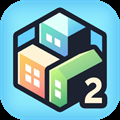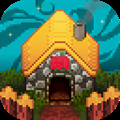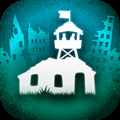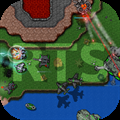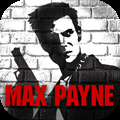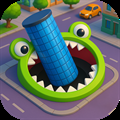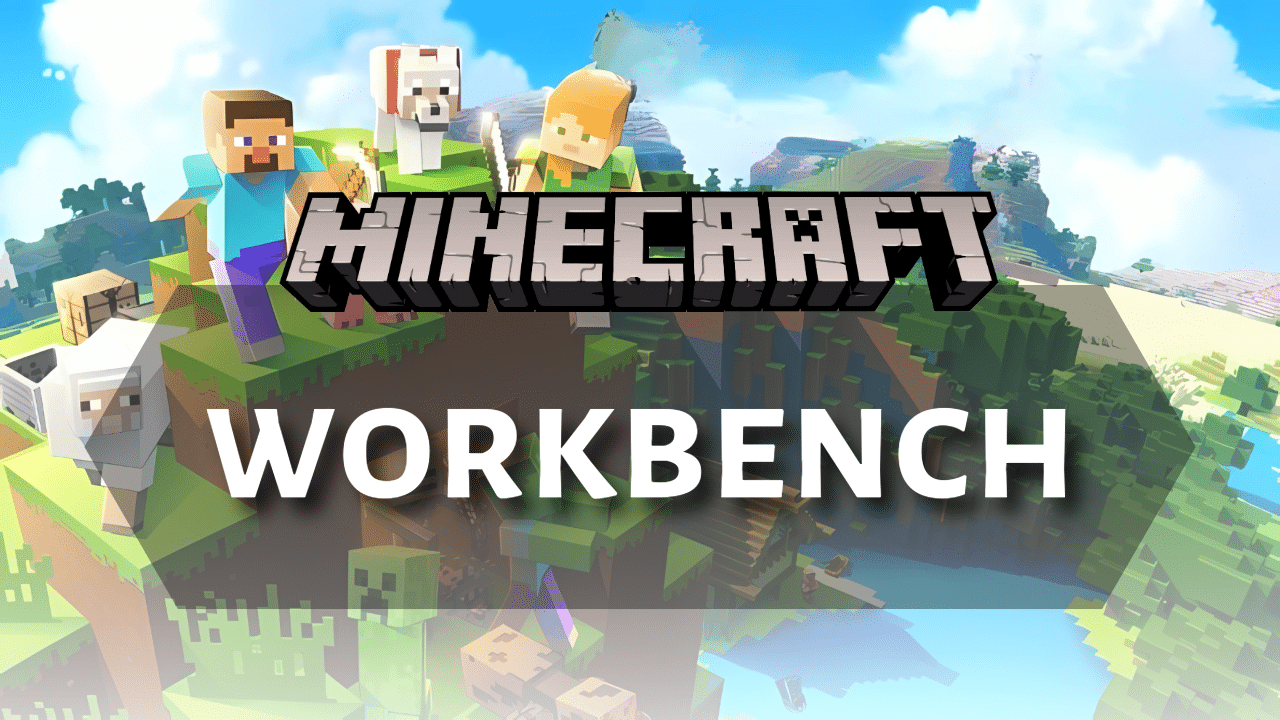
Introduction
Welcome to this Minecraft Bedrock Workbench Guide! In this guide, you’ll discover the essential workbenches available in Minecraft Bedrock Edition, how to obtain them, and their primary functions to enhance your crafting, smelting, enchanting, and overall survival experience.
Whether you’re just starting out or looking to optimize your gameplay, this guide covers the essential workbenches available in Minecraft Bedrock Edition. Workbenches are specialized blocks that unlock powerful functions—letting you craft advanced items, smelt resources, enchant gear, and repair or upgrade equipment.
In this guide, you’ll learn how to obtain each workbench, how to use them effectively, and how they contribute to a smoother, more efficient survival experience.
Crafting Table
Creating a crafting table is simple; it only requires four wooden planks of any type. Players can obtain these planks by breaking logs and converting them in their inventory crafting menu. Once the crafting table is placed in the world, interacting with it opens up the full 3×3 crafting interface.
The crafting table is the cornerstone of crafting in Minecraft. It allows players to combine up to nine ingredients in a 3×3 grid, opening up the possibility of crafting a vast array of tools, weapons, armor, and building blocks that would otherwise be unavailable in the limited 2×2 inventory crafting grid.
This block is essential for creating advanced tools, redstone components, and almost every item needed for progression. While its primary purpose is crafting, it can also be used to repair tools by combining two of the same type, though this method removes any enchantments. The built-in recipe book feature helps players discover new recipes and streamline the crafting process.
Furnace
Crafting a furnace is simple—you just need eight cobblestone, blackstone, or smooth stone blocks arranged in a U-shape on acrafting table, leaving the center slot empty.
Furnaces naturally generate in village weaponsmith houses, snowy villages, ancient cities, trail ruins, and inside igloos. They also serve as the base forcrafting more advanced smelting stations like the blast furnace and smoker. The blast furnace smeltsores and metal gear twice as fast, while the smoker rapidly cooks food, though neither can process all item types. Furnaces also have some lesser-known functions, such as smelting wet sponges to collect water in a bucket, breaking down metaltools and armor into nuggets, and making charcoal from logs.
The furnace is one of the most important utility blocks in Minecraft Bedrock Edition, especially for mobile players who rely on quick and efficient resource management. It allows you to smelt rawores into ingots and cook raw food into better meals, which is crucial for survival
Place the item you want to smelt or cook in the top slot and add fuel in the bottom slot. Fuel options include coal, charcoal, wooden planks, and even lava buckets, each offering different burn times. For example, a single piece of coal can smelt up to eight items. Once activated, the furnace will process one item every 10 seconds, producing experience points when you collect the finished product. Additionally, when active, it emits a light level of 13, which can help illuminate your surroundings
Campfire
The campfire in Minecraft Bedrock Edition is a utility block used for cooking food, providing light, and emitting smoke signals. It can cook up to four items at once without fuel and adds ambiance to outdoor builds. Campfires also deal minor damage to mobs that walk over them and can be used decoratively in builds like cabins or campsites.
To craft a campfire, combine 3 sticks, 1 coal or charcoal, and 3 logs or wood in a crafting table. Placing a hay bale under it increases the smoke height, making it useful as a signal visible from far away. You can extinguish a campfire with water or a shovel, and relight it with flint and steel or fire charges.
Blast Furnace
The blast furnace is a more efficient version of the standard furnace, designed specifically for smelting ores, raw metals, and metal-based armor and tools at twice the speed. However, it cannot process food, glass, or other non-metallic materials. Crafting a blast furnace requires one furnace, five iron ingots, and three smooth stone blocks.
The recipe involves placing the furnace in the center of the Crafting grid, surrounding it with iron ingots, and placing the smooth stone along the bottom row. Like a regular furnace, it requires fuel to operate and emits the same light level of 13 when in use. The blast furnace also serves as the job site block for armorer villagers, allowing players to trade with them for specialized gear.
Smoker
The smoker is another specialized furnace but is designed exclusively for cooking food at double the speed of a regular furnace. It cannot smelt ores or other items, making it ideal for players looking to quickly prepare meals. To craft a smoker, one furnace and four logs, stems, stripped logs, stripped stems, wood, hyphae, stripped wood, or stripped hyphae are needed.
The furnace is placed at the center of the crafting grid and surrounded by the four wood-based materials. When active, the smoker produces a light level of 13 and functions similarly to a standard furnace, requiring fuel to cook food. Cooking food in a smoker not only speeds up meal preparation but also grants experience points. The smoker serves as the job site block for butcher villagers, enabling trading opportunities for food-related items.
Brewing Stand
The brewing stand is a must-have workbench for making potions in Minecraft Bedrock Edition, giving players access to powerful effects that can help with combat, survival, and exploration. To craft one, you need a blaze rod and three blocks of cobblestone, blackstone, or cobbled deepslate. The blaze rod goes in the center of the top row of the crafting grid, while the three stone blocks fill the middle row.
Using a brewing stand on mobile is simple—just tap on it to open the interface. To start brewing, place blaze powder in the fuel slot, water bottles in the bottom three slots, and a brewing ingredient in the top slot. Each piece of blaze powder can fuel up to 20 brewing operations, so you won’t need to add it often. Potions can be enhanced or modified with ingredients like glowstone dust, redstone dust, and gunpowder. brewing stands can be found naturally in some village churches, end ships, and igloo basements, often containing useful potions. They also serve as the job site block for cleric villagers, allowing you to trade for rare materials and potion-related items. While primarily used for brewing, placing a brewing stand under a note block creates a “bass” sound.
Cartography Table
The cartography table is an essential tool for managing maps, allowing players to zoom them out, clone them, and lock them to prevent further modifications. It is crafted using two paper and four wooden planks of any type. The two paper pieces are placed in the top row, with four planks filling the remaining slots.
Within its interface, players can combine a map with paper to expand its size, use an empty map to clone an existing one, and add a glass pane to lock it. In Bedrock Edition, it also enables adding pointers to maps and creating empty locator maps with a compass. This table serves as the job site for cartographer villagers, offering map-related trades and exploration resources.
Fletching Table
The fletching table is primarily used as the job site block for fletcher villagers, who trade bows, arrows, and crossbows. It is crafted with two flint and four planks of any type, with the flint placed in the top row and the planks in the remaining slots of the crafting grid.
Though it currently lacks direct functionality for players, in spectator mode, its interface briefly displays a crafting table GUI, hinting at potential future updates.
Grindstone
The grindstone is used for two primary functions: removing enchantments (except curses) from items and repairing tools, weapons, and armor by combining two of the same type. It is crafted using two sticks, one stone slab, and two wooden planks. The stone slab is placed in the top center slot, with sticks in the top left and right slots, while the planks occupy the bottom left and right slots.
Using the grindstone restores item durability and removes enchantments while granting experience points. It also resets the prior work penalty of an item, making it valuable for long-term gear maintenance. The grindstone serves as the job site for weaponsmith villagers, enabling trade for high-quality weaponry.
Lectern
The lectern is a workbench used for displaying written books and book and quills for multiple players to read at once. It also emits a redstone signal when a page is turned, making it useful for redstone-based contraptions. Crafted with one bookshelf and four wooden slabs, the bookshelf is placed in the middle row center slot, surrounded by the slabs
Interacting with an empty lectern while holding a written book places the book on display. The lectern is the workstation for librarian villagers, facilitating enchanted book trades.
Loom
The loom simplifies banner customization by providing a user-friendly interface for applying patterns. Crafted with two string and four planks, the string is placed in the top row while the planks fill the remaining slots.
The loom’s GUI has slots for a banner, dye, and optional pattern item, with an interactive preview feature. It serves as the job site for shepherd villagers, offering wool and dye-related trades.
Smithing Table
The smithing table is used to upgrade diamond tools and armor to netherite and apply armor trims using smithing templates. It is crafted with two iron ingots and four wooden planks. The ingots go in the top row, while the planks fill the remaining slots.
Unlike an anvil, using the smithing table does not consume experience. It is the job site for toolsmith villagers, providing access to high-quality tools through trade.
Stonecutter
The stonecutter provides an efficient way to craft stone and copper blocks with precision, often yielding more items per material. It is crafted with one iron ingot and any stone-type block, with the ingot placed in the top row and the stone below.
Its GUI offers a selection of craftable options based on the input block and serves as the job site for mason villagers.
Enchanting Table
The enchanting table lets players upgrade tools , weapons, and armor using experience levels and lapis lazuli. To craft it, you need 1 book, 2 diamonds, and 4 obsidian, arranged with the book on top, diamonds on the sides of the second row, and obsidian in the middle and bottom.
Tap the table to open it, then place your item in the left slot and lapis in the right. You’ll see three random enchantment options, each costing experience and lapis. Higher-level options offer stronger enchantments, with at least one guaranteed effect shown.
To access level 30 enchantments—the highest—you need 15 bookshelves placed one block away from the table with no obstructions between them. Avoid placing blocks like slabs or torches between the table and shelves. Enchanting improves gear durability, damage, and grants effects like faster movement or underwater breathing—key for combat, mining, and exploration.
Conclusion
This Minecraft Bedrock Workbench Guide explores the many useful workbenches that make crafting, upgrading, and survival more efficient. Workbenches in Minecraft Bedrock Edition allow players to create advanced items, enhance gear, and streamline in-game processes.
Workbenches are essential for survival, crafting, and customization, giving players more control over their tools, resources, and world design. Whether you’re a beginner or a Minecraft expert, mastering these workbenches will help you build, explore, and thrive with greater creativity and efficiency. With the right tools at your fingertips, no adventure is out of reach.
If you’re looking for more guides, be sure to explore the website for more tips and tricks. Enjoy your adventure, and happy mining!
Frequently Asked Questions(FAQs)
What’s the most important workbench?
The crafting table—it’s needed for most recipes.
What’s the point of a loom?
To design banners with patterns and dyes.
Are all workbenches necessary?
Not all, but using the right ones boosts efficiency.




